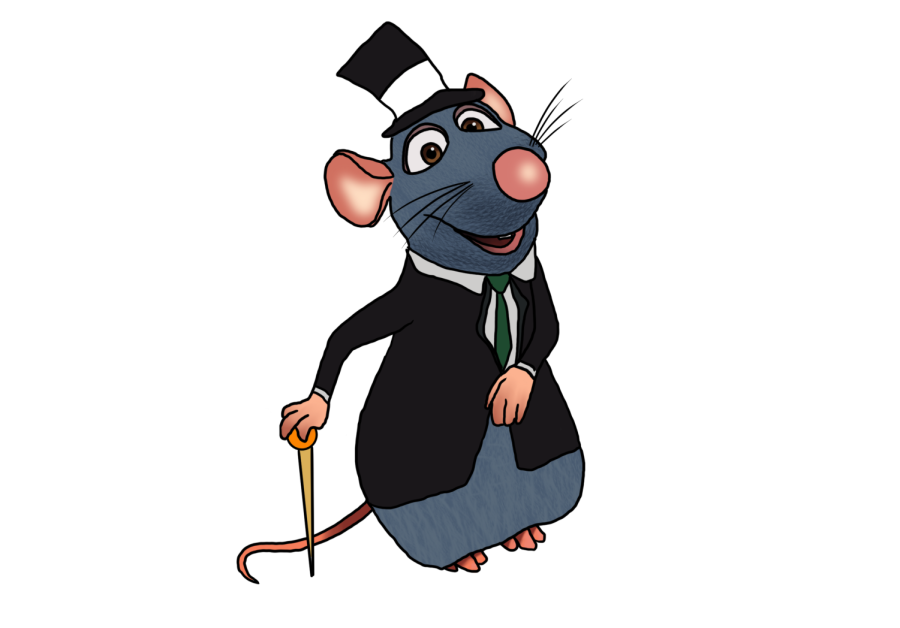If you have been on the internet in the past two weeks, chances are you have seen at least a glimmer of Martin Scorsese’s hit 1973 film “Goncharov,” a cult classic following the story of discotheque-owner-turned-Italian-mafia-boss Goncharov. It’s a tale of tragedy, betrayal and the fall of man, widely considered “the best mafia movie ever made.”
The only issue? “Goncharov” doesn’t exist.
The story of “Goncharov” started on Aug. 22, 2020 when Tumblr user losermo posted a picture of a pair of knock-off boots with a tag labeled “Martin Scorsese presents ‘Goncharov.’” It was later decided that these boots were actually meant to reference a real Scorsese film: “Gomorrah,” which was directed by Domenico Procacci and released in 2008. The mystery of “Goncharov’s” origins was solved, but the story of this non-existent movie was far from over.
An “official” poster for “Goncharov” spread across Tumblr on Nov. 18, 2022, spurring a collaborative site-wide effort to treat this movie as an actual film. Theories, fanart, analyses, screengrabs and even script segments were created to substantiate the existence of “Goncharov.”
Such feats of creativity aren’t new to internet culture.
“Goncharov” is a prime example of the concept of unreality: a phenomenon where a group of people treats a non-existing entity or piece of media as truth, while still acknowledging that it is not of the real world. It’s not a lie; it’s a type of thought exercise.
Internet-based unrealities and creative endeavors have exploded in popularity since the COVID-19 pandemic. The Ratatouille TikTok musical began in 2020. It started with a single TikTok user creating a song about the 2007 Pixar movie of the same name and ended as a full-fledged online musical with a Broadway cast. All because the people of TikTok managed to work together to write, direct, design and choreograph the whole show.
The creation of this musical, and, more recently, “Goncharov,” speaks to the desire for human connection and ingenuity. The collaboration involved in creating and executing these creative endeavors is truly admirable.
“Goncharov” isn’t real, but the connections created by the internet’s effort to bring it to life are. Perhaps the “Goncharov” phenomenon is less about its authenticity and more about what its creation stands for.
The creation of “Goncharov” was almost mythological in nature. It was a collaborative effort to create something meaningful that allowed people to connect with one another in a new and exciting way. Unreality is a bizarre form of creativity, surely — but isn’t all creativity bizarre?














